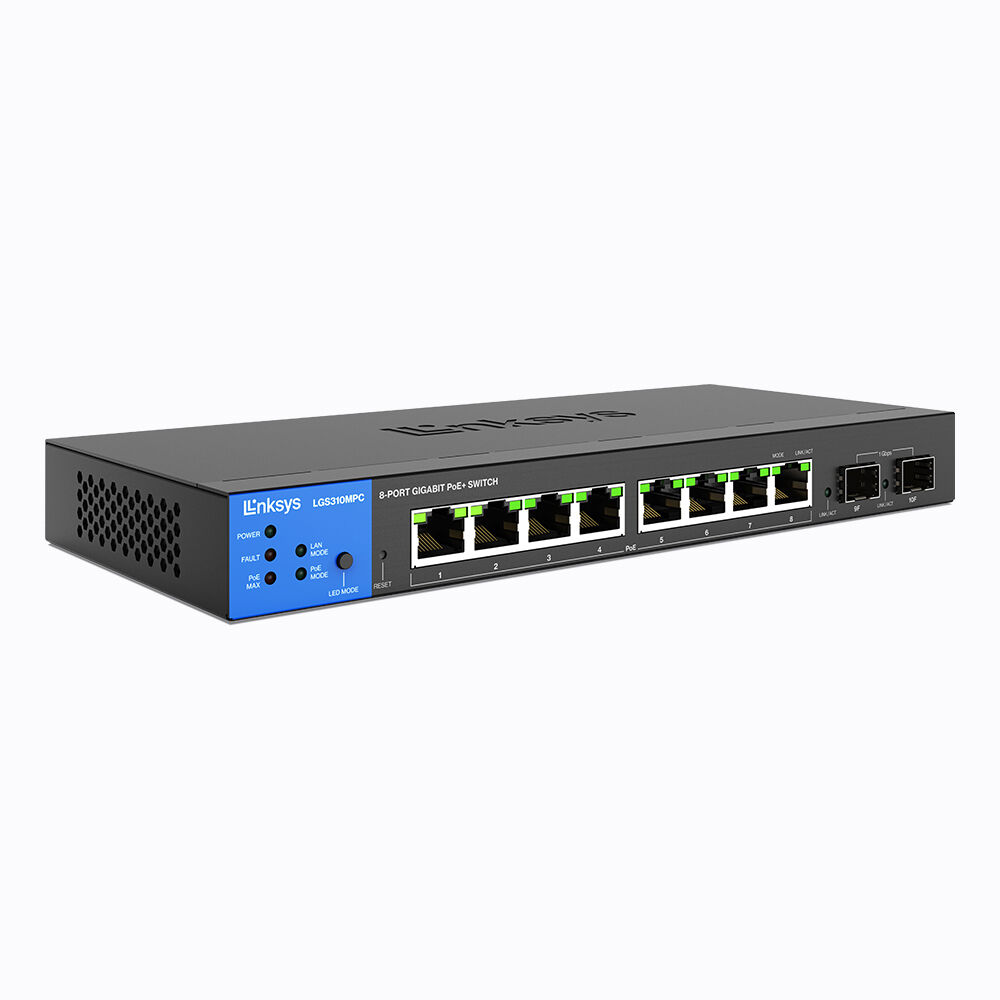Shop for Business
Find the right product and work faster.
Popular Topics
Need Help?
We're here for you. Our team of experts is always one click away.

Call Us
For priority service, provide us with a few details before you call.
Chat with Us
Chat with a customer support agent directly from your desktop.

Post on Reddit
Join and subscribe to our official Reddit Community



















